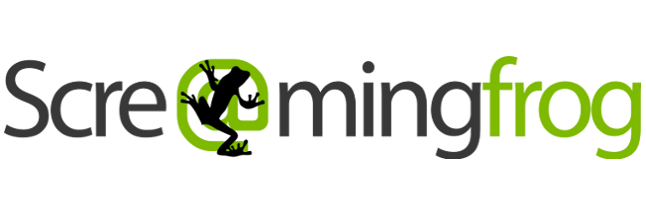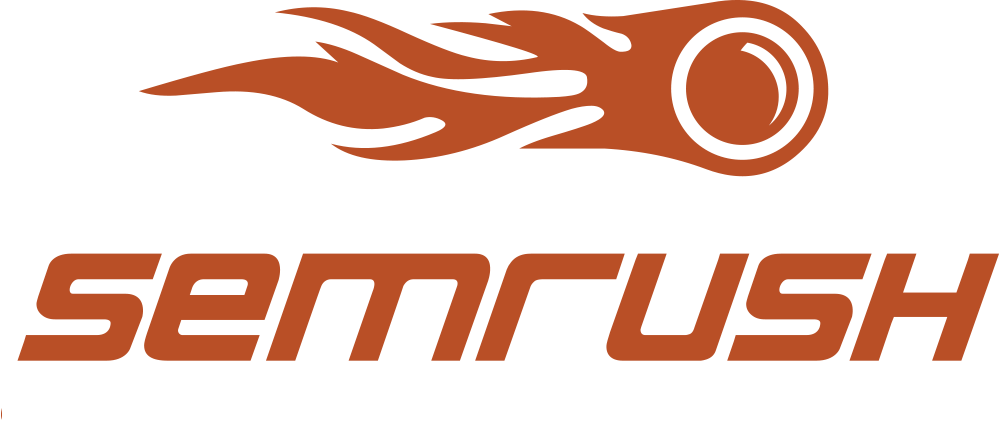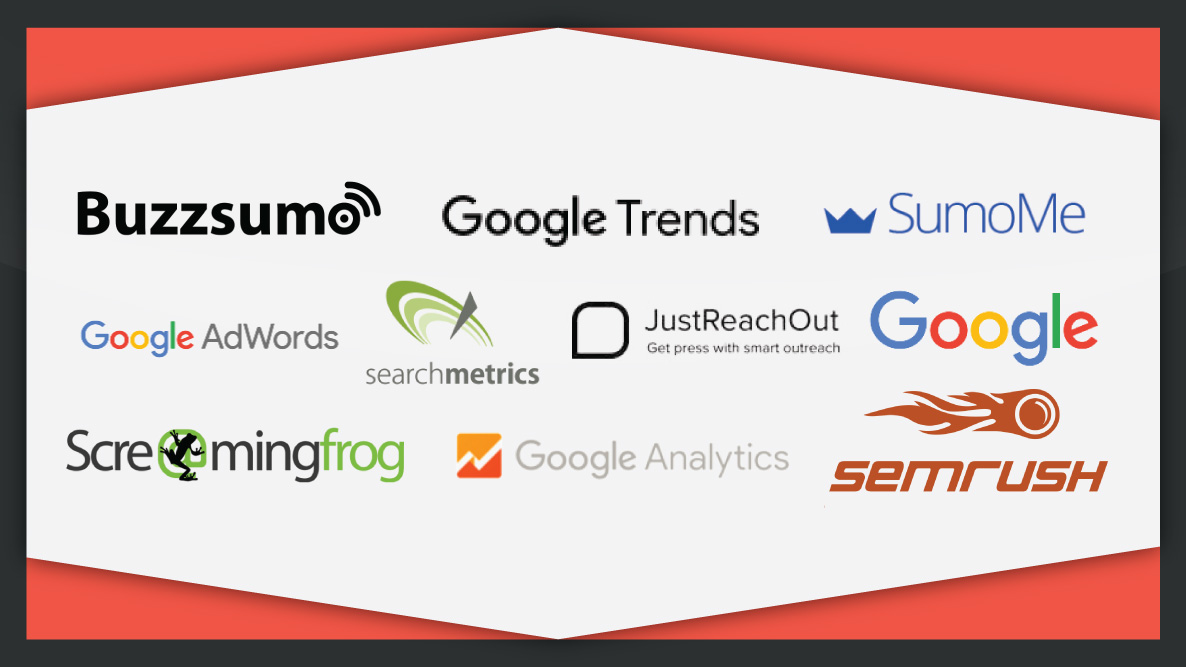Engagement starts with organic search. Your mission as an SEO manager is to put your brand in front of as many interested, qualified people as possible.
Enhancing your presence is how you can play the numbers game and best reach an audience. Without search, there would be almost no traffic to engage. In 2014, Conductor.com reported that about 64 percent of organic website traffic came from search engines. The following 10 tools, which all offer free versions, are available to help you maximize your brand’s SEO and balance it with user intent.
Tools of the trade
1. Screaming Frog
Screaming Frog has become one of the standard SEO tools that website admins use to quickly audit their site(s). The service examines a website’s links, images and other assets as if it were a web crawler. Admins can simply enter a URL, and the service will generate a report on the errors, problems and solutions.
- Pros: Screaming Frog does a very quick analysis of your site, and offers a detailed, downloadable report. Ease of use and range of options make this service especially useful for small and medium-sized businesses.
- Cons: The free version only supports up to 500 files.
2. SEM Rush
SEM Rush allows users to view their competitors’ top keywords, as well as research domains, keywords and URLs to compare, and optimize site performance.
- Pros: SEM Rush is fast-loading, and provides a clear, concise overview of everything. The free service is designed for marketers to compare sites, and quickly go back from one site to another.
- Cons: Doesn’t do a deep dive into analytics or specific keywords – the free version only lists the top few keywords.
3. JustReachOut
JustReachOut helps marketers connect with relevant journalists to help fill out their editorial calendar. This will ultimately help to generate backlinks for their website. The service, though not specifically an SEO management or research tool, indirectly helps increase overall SEO by building relationships with prominent writers. The quality backlinks these relationships can lead to is part of a complete SEO.
- Pros: This service facilitates sending a pitch in the most effective way to foster relationships.
- Cons: JustReachOut is not directly an SEO tool. Rather than providing analytics and insights, it locates professional writers and helps you reach out to them in order to generate press.
4. SumoMe
SumoMe provides a suite of tools to increase websites’ reach and traffic. The services include a list-builder, a social share function and, most importantly for SEO, a user heat map. “Heat Maps shows you EXACTLY where people are clicking on your site. With this information, you can then improve your pages to show your visitors what they want to see,” according to SumoMe’s website.
In 2016, SEO depends as much on user intent as it does on links and keywords. Besides quality content, UX and web design are major factors in satisfying what a user is looking for. The heat map gives a clear illustration of which parts of your site are popular with users, and which are not as appreciated.
- Pros: SumoMe is extremely user-friendly, easy to implement and integrate into your site, and works with most popular email services. Its easy to use platform can be used for analyzing traffic patterns, sources and clicks.
- Cons: SumoMe embeds their logo and name into the free version of their product.
 5. BuzzSumo
5. BuzzSumo
BuzzSumo helps marketers discover the most shared content on social media, and the most notable influencers in an industry. Like SumoMe and JustReachOut, BuzzSumo is not a direct SEO tool. Instead, it operates adjacent to SEO. While Google’s algorithm doesn’t rank pages based on social media followers or presence signals, the larger the social media presence, the more links to a site there general are, which results in better SEO.
- Pros: The interface is user-friendly and easy to get started with.
- Cons: The analytics and insights BuzzSumo provides in its free version are fairly limited and basic compared to some other services.
 6. Searchmetrics
6. Searchmetrics
Searchmetrics offers a free version that gives you a high-level view of your site’s SEO, paid, link and social performance, with a view of the past 90 days. The service provides visibility trends for desktop and mobile, potential value and geography. Searchmetrics calculates your search position, top keywords, traffic index and CPC values.
- Pros: Searchmetrics’ keyword and competitor analysis is extremely detailed, and the services provide actionable advice for boosting SEO.
- Cons: There is a relatively higher learning curve than other comparable services. Exporting data is not included in the free version.
7, 8 & 9. Google’s SEO Suite
Google’s suite of free tools provides you high-quality, accurate insights and information straight from the horse’s mouth. Every year, search engine optimization becomes more and more synonymous with Google optimization.
- Pros: Google Analytics is easy to install and offers extremely dynamic reports. Training and certification for the service are provided free of charge too.
- Cons: Provides very limited keyword data.
- Pros: Keyword Planner allows users to see search traffic volume, and what other people are searching for.
- Cons: The service’s learning curve is steeper than other Google products.
- Pros: Google Trends allows marketers to analyze searches across time and geography, as well as compare them to related topics and queries. Users can analyze web, image, news, Shopping and YouTube searches. The layout is extremely user-friendly, with an emphasis on education.
- Cons: Users can only compare 5 terms, and a minimum traffic requirement can make some topics less accurate or meaningful.

10. An actual Google search!
The most obvious, free and easy-to-use tool for researching and analyzing SEO is the one that we’ve been talking about this whole time – Google Search. What better way to see how keywords perform in search than to use them in search.
- Pros: The free version of Google is the only version of Google.
- Cons: Google search results can vary depending on location, history, preferences and personal accounts. Every account has uniquely tailored modifications to the search algorithm. Signing out of your personal account to search will level the playing field by reducing influences of the search algorithm, but it can’t account for other users’ accounts.
What goes into search engine optimization?
SEO managers face several challenges in 2016, whether the goal is to:
- Increase your website’s total traffic (which is helpful for monetizing with advertising).
- Boost your leads and sales (to increase your customer base).
- Build brand awareness, reputation, influence and mindshare (to demonstrate your brand’s thought leadership).
Staying ahead of Penguin and Panda is a primary focus for all of the above goals. Should you prioritize keywords or semantics? As Google’s “mobile-first” algorithm has been increasingly rewarding mobile-optimized sites, how much of your SEO budget do you devote to mobile, and how much do you keep designated for desktop? Do you invest in local SEO? Should you shift your focus from link-building to leveraging content?
Strong SEO takes into consideration traditional factors like links and keywords, but also depends on meeting user intent and answering questions as quickly, accurately and efficiently as possible. Using the free tools above is a great way to keep your site up to date in a period of such rapidly changing SEO factors.



